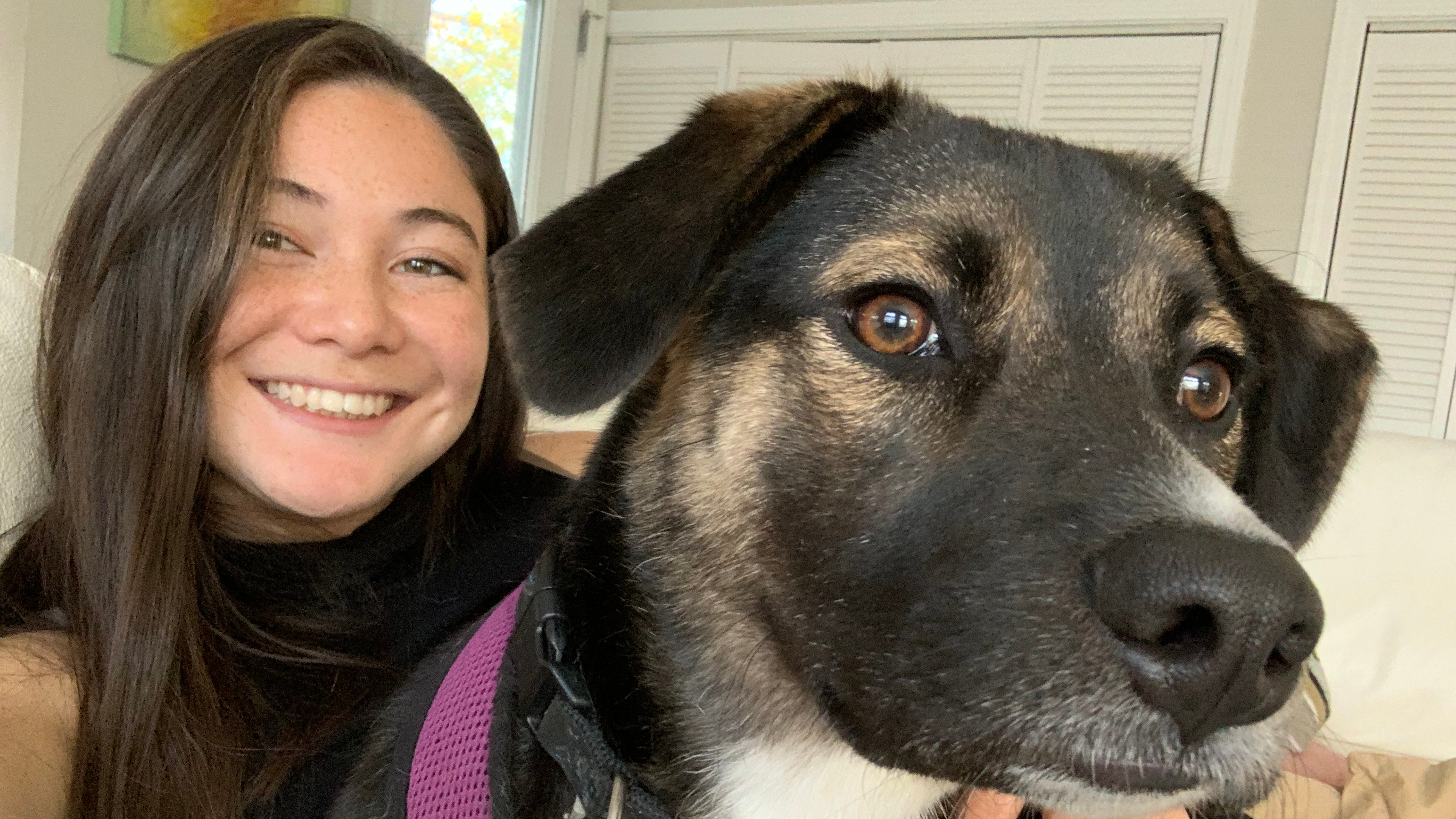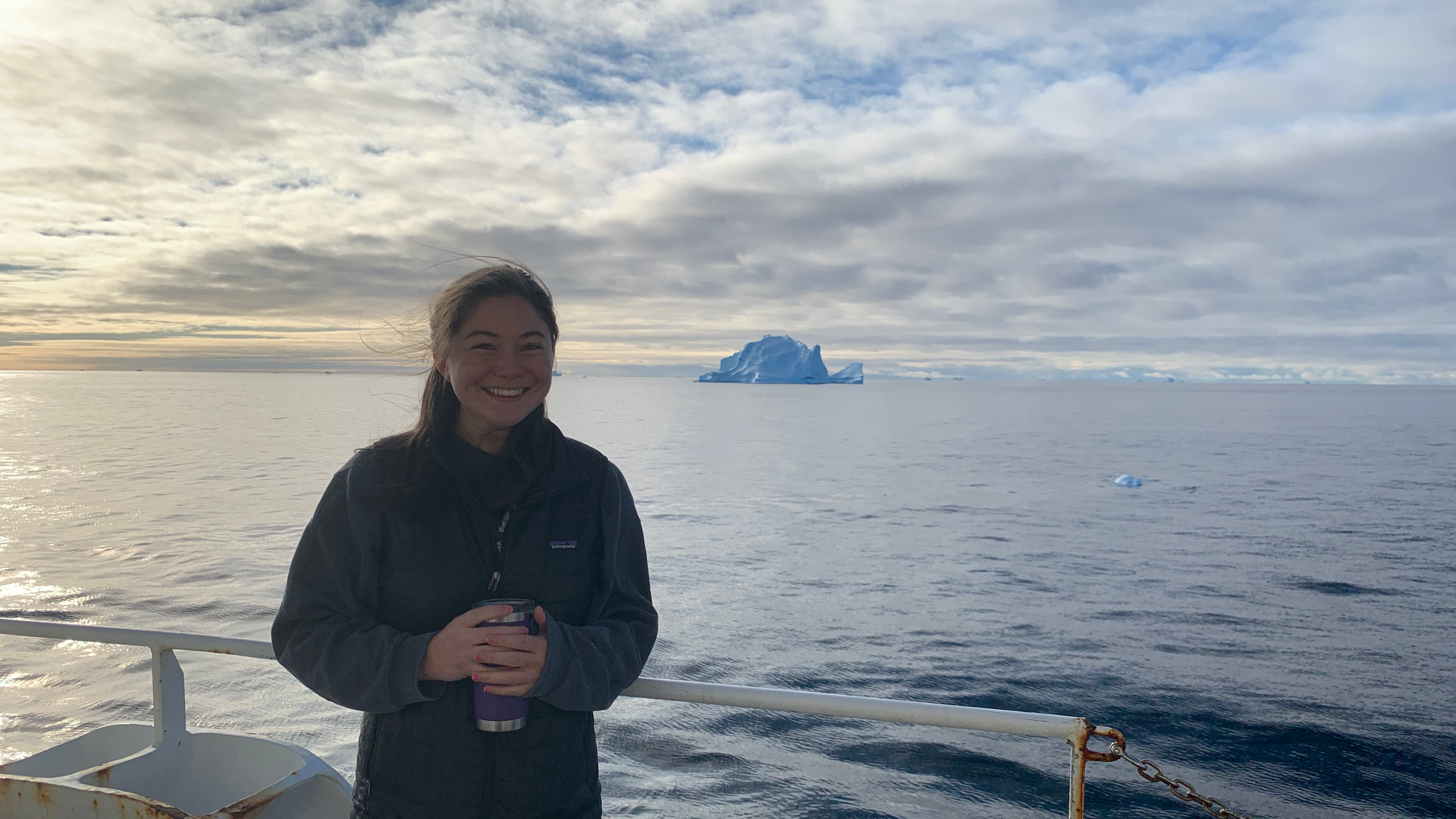Introductions of some of the science crew
Tyler Christian
Hey y’all, I’m Tyler Christian! I’m a research associate at the Atlantic Oceanographic and Meteorological Laboratory in Miami where I analyze nutrients in seawater samples collected from various ecosystems around south Florida. On this cruise, I am a part of the Bio-GO-SHIP team. We are filtering seawater samples for eDNA, RNA, particulate organic matter (carbon and phosphorus), and phytoplankton pigments. This gives us information on the various marine species present in this area, with a specific focus on plankton communities. In addition, we have optical instruments that measure spectral absorbance and attenuation, and backscatter for verification of NASA satellite data. We also maintain a flow cytometer, which collects information on the types of phytoplankton populations present, along with an IFCB (Imaging FlowCytobot) that generates images of phytoplankton cells collected from the water we’re currently sailing through! I’ve sailed on several smaller 7-day cruises before, but this is my first 30-day cruise and I’m super excited! On land, you’ll never find me too far from the water. I enjoy swimming, spending my time at the beach, and volunteering at the local aquarium where I get to play with their Pacific red octopus!
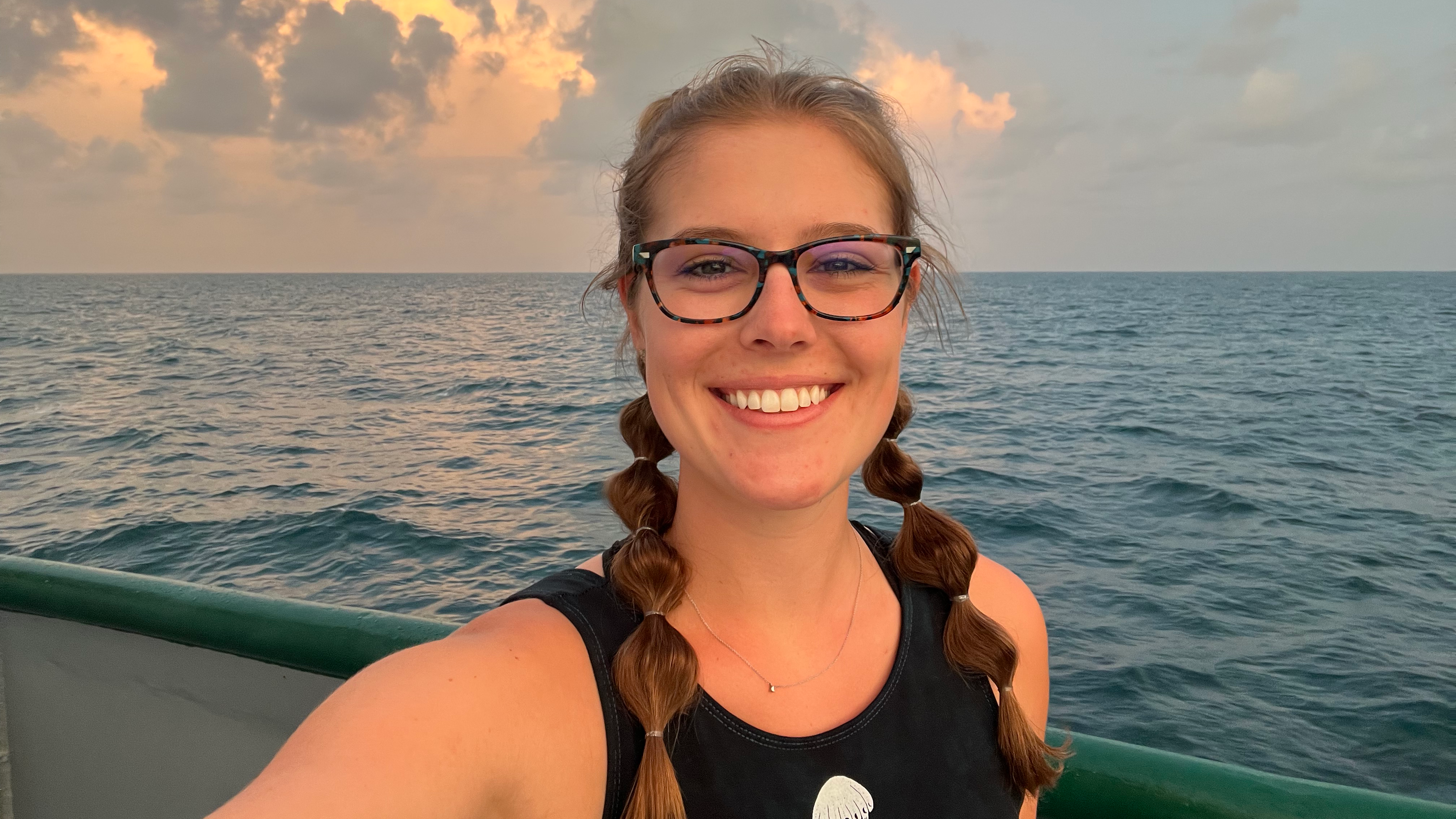
Taydra Low
Hi, I’m Taydra Low! I am a PhD student at the University of Wisconsin-Madison in the Department of Atmospheric and Oceanic Sciences. I study climate model biases and water mass transformation in the North Atlantic. This is my first cruise I have ever been on and it has been really exciting. On the cruise I am a CTD watch-stander. The CTD measures salinity, temperature, and oxygen. I make sure the CTD is functioning properly and I watch it on the way down so that it doesn’t hit the bottom of the ocean floor. On the way up I collect water at certain depths in the ocean so that the other scientists on board can sample it. In my free time I love hiking and hanging out with my dog Milo!
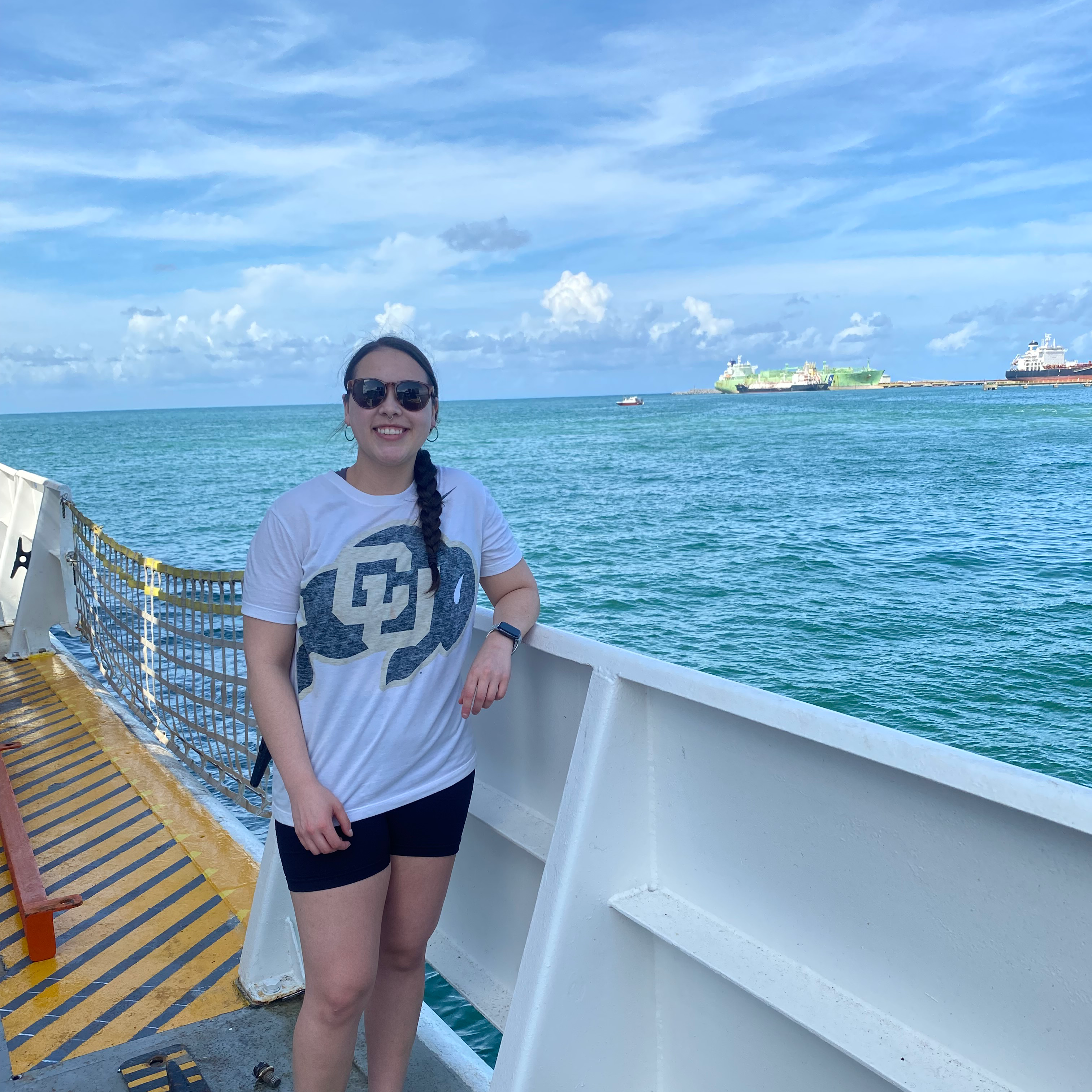
Melissa Miller
Hi, I’m Melissa Miller! Onboard this cruise, I’m analyzing seawater samples we take from the CTD for CFCs. Chlorofluorocarbons were banned worldwide decades ago after being identified as the cause of the hole in the ozone layer, but we can still measure them in the water column to this day. I’ve been on many other research cruises, with the equivalent of more than two years spent at sea. But this is my first trip to both Brazil and Spain! On shore, I’m a science writer and love communicating the cool projects scientists work on around the world. In my free time, I organize “science of” panels at pop culture conventions and host a podcast called Star Warsologies, interviewing academics about how their field overlaps with the galaxy far, far away. I’m excited to be back at sea after two years away and look forward to sharing the experience with you!
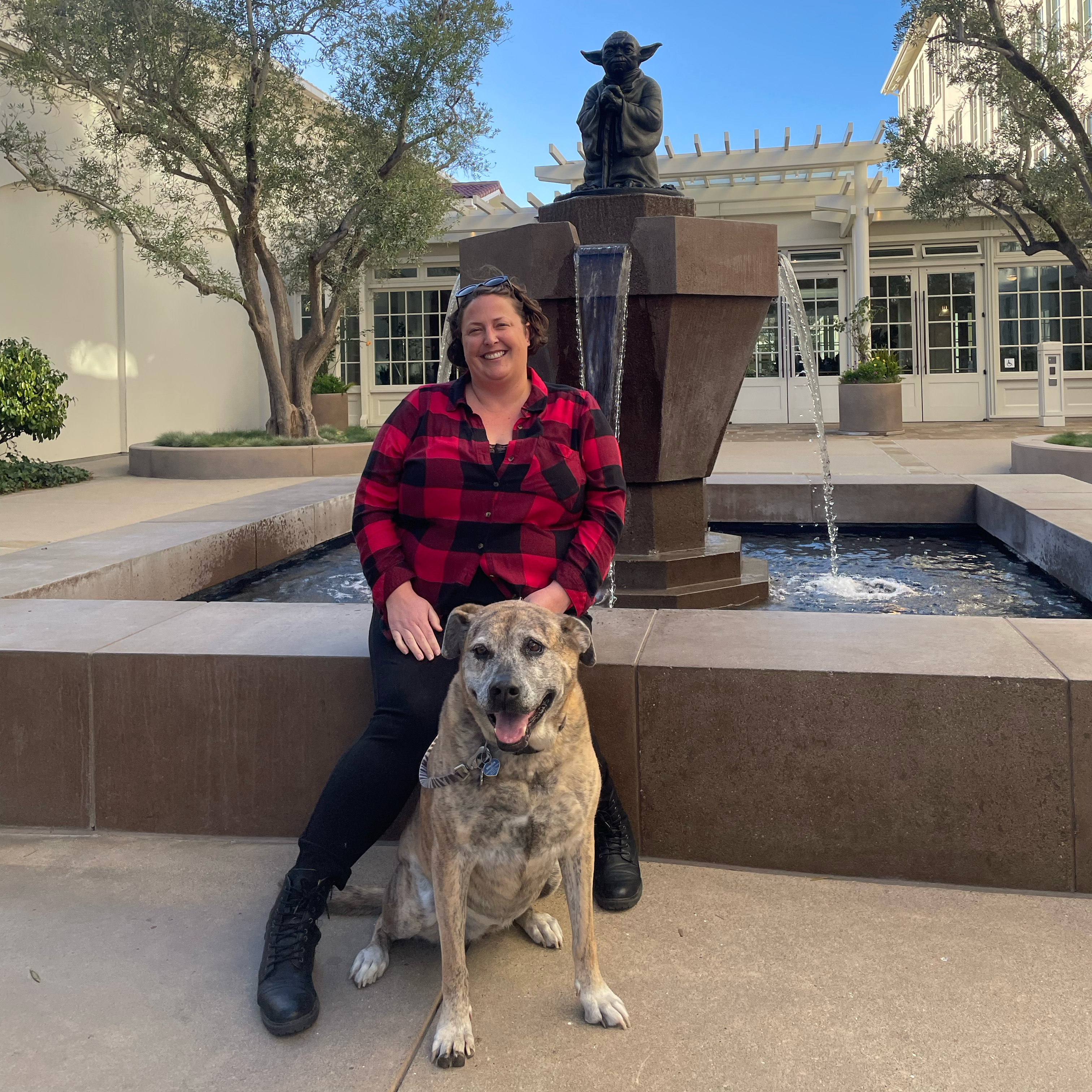
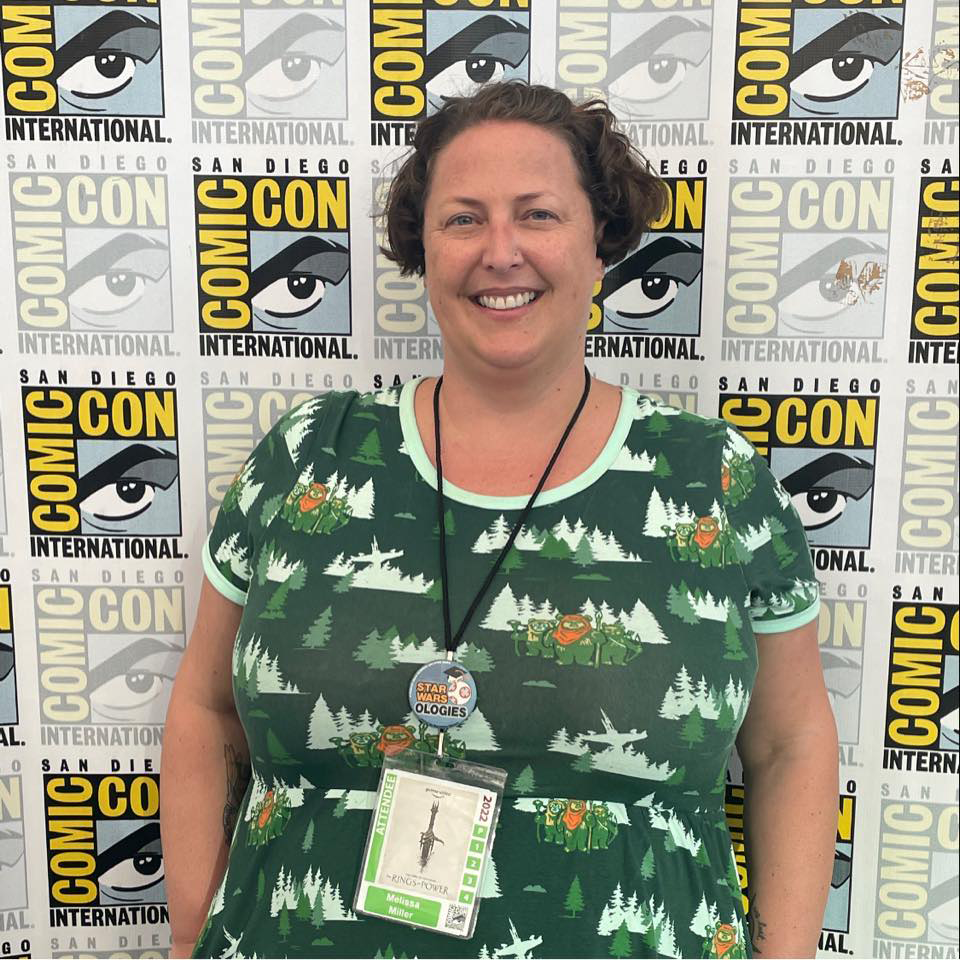
Ellen Park
Hi, I’m Ellen Park, and I am in charge of Argo float deployments on the first leg of the cruise! Argo floats are autonomous, drifting profiling floats that make measurements of the water column every 10 days. The dataset that comes from these floats are important because they help increase the number of oceanographic observations across both space and time, which is crucial in hard-to-reach places like the Southern Ocean. Currently, I am a third-year PhD candidate in the MIT-WHOI Joint Program in Dr. Roo Nicholson’s lab, and this is my third cruise. Each time I sail I do something different, and this cruise is an awesome hands-on experience for me because the BGC-Argo float dataset is a central part of my graduate research. When I’m on shore, I like spending time with my friends and taking my dog Koda on walks!
